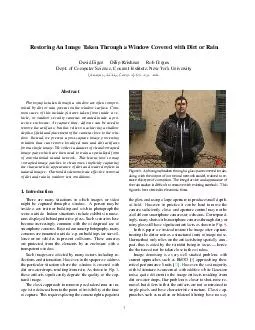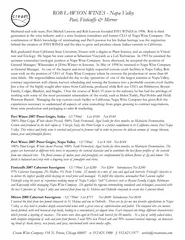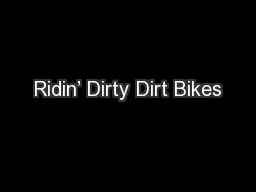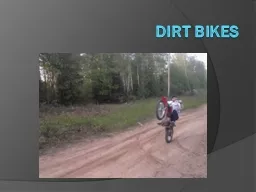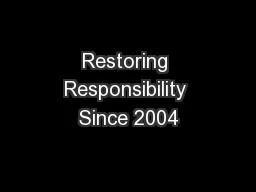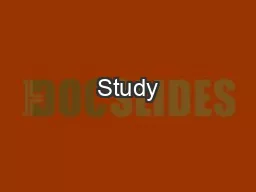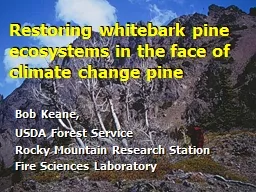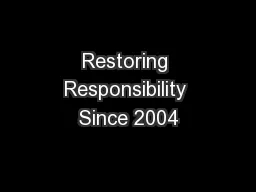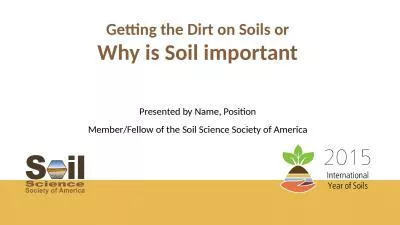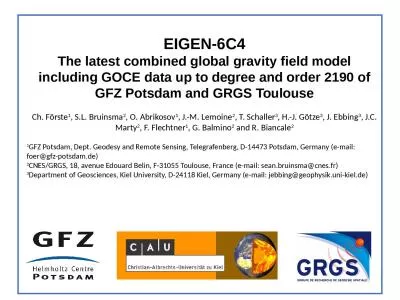PDF-Restoring An Image Taken Through a Window Covered with Dirt or Rain David Eigen Dilip
Author : luanne-stotts | Published Date : 2015-03-14
of Computer Science Courant Institute New York University deigendilipfergus csnyuedu Abstract Photographs taken through a window are often compro mised by dirt or
Presentation Embed Code
Download Presentation
Download Presentation The PPT/PDF document "Restoring An Image Taken Through a Windo..." is the property of its rightful owner. Permission is granted to download and print the materials on this website for personal, non-commercial use only, and to display it on your personal computer provided you do not modify the materials and that you retain all copyright notices contained in the materials. By downloading content from our website, you accept the terms of this agreement.
Restoring An Image Taken Through a Window Covered with Dirt or Rain David Eigen Dilip: Transcript
Download Rules Of Document
"Restoring An Image Taken Through a Window Covered with Dirt or Rain David Eigen Dilip"The content belongs to its owner. You may download and print it for personal use, without modification, and keep all copyright notices. By downloading, you agree to these terms.
Related Documents

